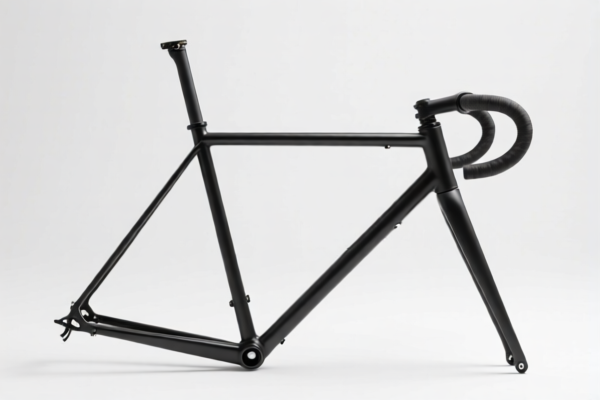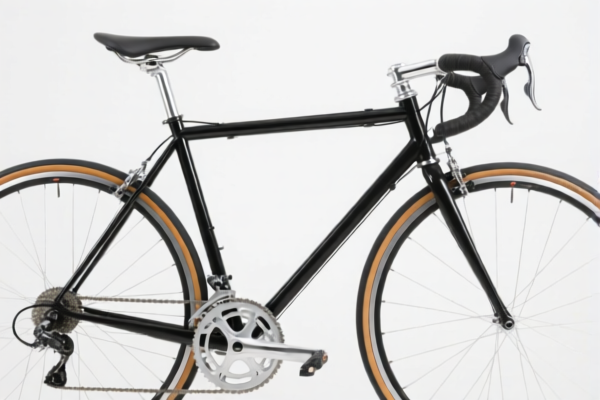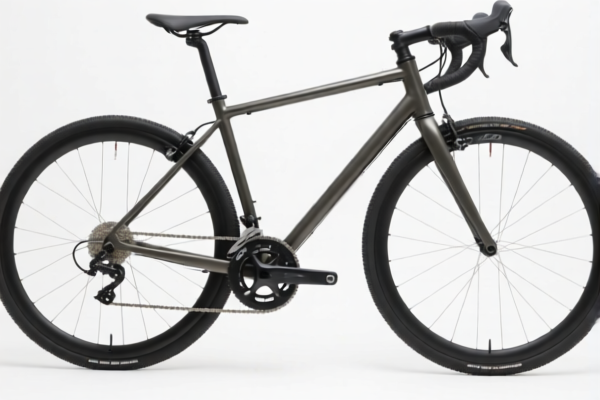| HS Code | Official Doc | Tariff Rate | Origin | Destination | Effective Date |
|---|---|---|---|---|---|
| 8708301010 | Doc | 55.0% | CN | US | 2025-05-12 |
| 8708305020 | Doc | 2.5% <u></u>+55.0% | CN | US | 2025-05-12 |
| 8714943080 | Doc | 55.0% | CN | US | 2025-05-12 |
| 7326902500 | Doc | 80.0% | CN | US | 2025-05-12 |
| 7308903000 | Doc | 80.0% | CN | US | 2025-05-12 |
| 7308906000 | Doc | 80.0% | CN | US | 2025-05-12 |
| 9406900190 | Doc | 82.9% | CN | US | 2025-05-12 |
| 9406900130 | Doc | 82.9% | CN | US | 2025-05-12 |




Brake Frame
A brake frame is a structural component of a braking system, primarily found in vehicles—including bicycles, motorcycles, cars, and trains—that provides a mounting point and leverage for the brake calipers and associated mechanisms. Its primary function is to convert the force applied by the brake actuator (e.g., brake pedal, brake lever) into the clamping force necessary to decelerate or stop the vehicle.
Material
Brake frames are typically constructed from materials offering high strength, rigidity, and corrosion resistance. Common materials include:
- Steel: Traditionally used for its strength and cost-effectiveness. Often used in older vehicles or in applications where weight is not a primary concern.
- Aluminum Alloy: Widely used in modern vehicles, particularly bicycles and motorcycles, for its lightweight properties and good strength-to-weight ratio.
- Cast Iron: Employed in heavier-duty applications like train brakes and some car brake systems, offering excellent wear resistance and heat dissipation.
- Carbon Fiber: Used in high-performance applications, such as racing bicycles and some sports cars, for its exceptional strength-to-weight ratio and stiffness.
Purpose
The core purpose of a brake frame is to:
- Provide a rigid mounting point: Securely holds the brake calipers, master cylinders, and other brake components.
- Transfer force: Effectively transmits the force from the brake actuator to the brake calipers.
- Provide leverage: Amplifies the force applied by the actuator to achieve sufficient clamping force.
- Withstand stress: Endures the significant stresses generated during braking.
Function
The brake frame functions by:
- Receiving input force: The actuator (pedal, lever) applies force to the frame.
- Converting force: The frame converts this force into a mechanical action, often through a linkage system or hydraulic system.
- Activating the braking mechanism: The converted force activates the brake calipers, causing them to clamp onto the brake rotors or drums.
- Generating braking force: The clamping force creates friction, slowing or stopping the vehicle.
Usage Scenarios
- Bicycles: Brake frames are integral to both rim brakes (V-brakes, cantilever brakes) and disc brakes. They are often integrated into the bicycle fork or frame.
- Motorcycles: Brake frames support the calipers for front and rear disc brakes. They are designed to withstand high braking forces and heat.
- Cars/Automobiles: Brake frames, often referred to as brake mounting brackets, secure the calipers to the suspension components. They are critical for consistent and reliable braking performance.
- Trains: Heavy-duty brake frames support the large calipers and braking mechanisms used to stop trains. They are designed for extreme loads and wear.
- Industrial Machinery: Brake frames are used in various industrial applications to control the speed and movement of machinery.
Common Types
- Rim Brake Frames: Typically smaller and lighter, designed to mount calipers that clamp onto the wheel rim.
- Disc Brake Frames: More robust, designed to mount calipers that clamp onto a dedicated brake rotor. These can be further categorized by mounting style (e.g., radial mount, post mount, flat mount).
- Hydraulic Brake Frames: Designed to accommodate hydraulic brake systems, often featuring mounting points for master cylinders and brake lines.
- Integrated Brake Frames: Some vehicles feature integrated brake frames, where the frame is designed as a single unit with other suspension or chassis components.
- Adjustable Brake Frames: Allow for fine-tuning of brake caliper position and alignment.
Based on the provided information, “brake frame” can be classified under the following HS codes:
-
8708.30.10: This HS code falls under Chapter 87, which covers Parts and accessories of motor vehicles. Specifically, it relates to Brakes and servo-brakes; parts thereof, for tractors suitable for agricultural use. The subheading 3010 denotes Mounted brake linings. The total tax rate is 55.0%, comprised of a 0.0% base tariff and a 25.0% additional tariff, increasing to 30.0% after April 2, 2025.
-
8708.30.50.20: This HS code also falls under Chapter 87, covering Parts and accessories of motor vehicles. It relates to Brakes and servo-brakes; parts thereof, for other vehicles. The subheading 305020 denotes Brake drums. The total tax rate is 57.5%, comprised of a 2.5% base tariff and a 25.0% additional tariff, increasing to 30.0% after April 2, 2025.
-
8714.94.30.80: This HS code falls under Chapter 87, covering Parts and accessories of vehicles. Specifically, it relates to Other brakes, including coaster braking hubs and hub brakes, and parts thereof, including drum brakes, caliper and cantilever bicycle brakes, and coaster brakes; parts thereof (including cable or inner wire therefor, fitted with fittings). The total tax rate is 55.0%, comprised of a 0.0% base tariff and a 25.0% additional tariff, increasing to 30.0% after April 2, 2025.
-
7326.90.25.00: This HS code falls under Chapter 73, covering Other articles of iron or steel. Specifically, it relates to Cable or inner wire for caliper and cantilever brakes and casing therefor, whether or not cut to length. The total tax rate is 80.0%, comprised of a 0.0% base tariff and a 25.0% additional tariff.
According to the provided reference material, the HS code options related to 'brake frame' are limited, with only the following 4 found.
Customer Reviews
No reviews yet.